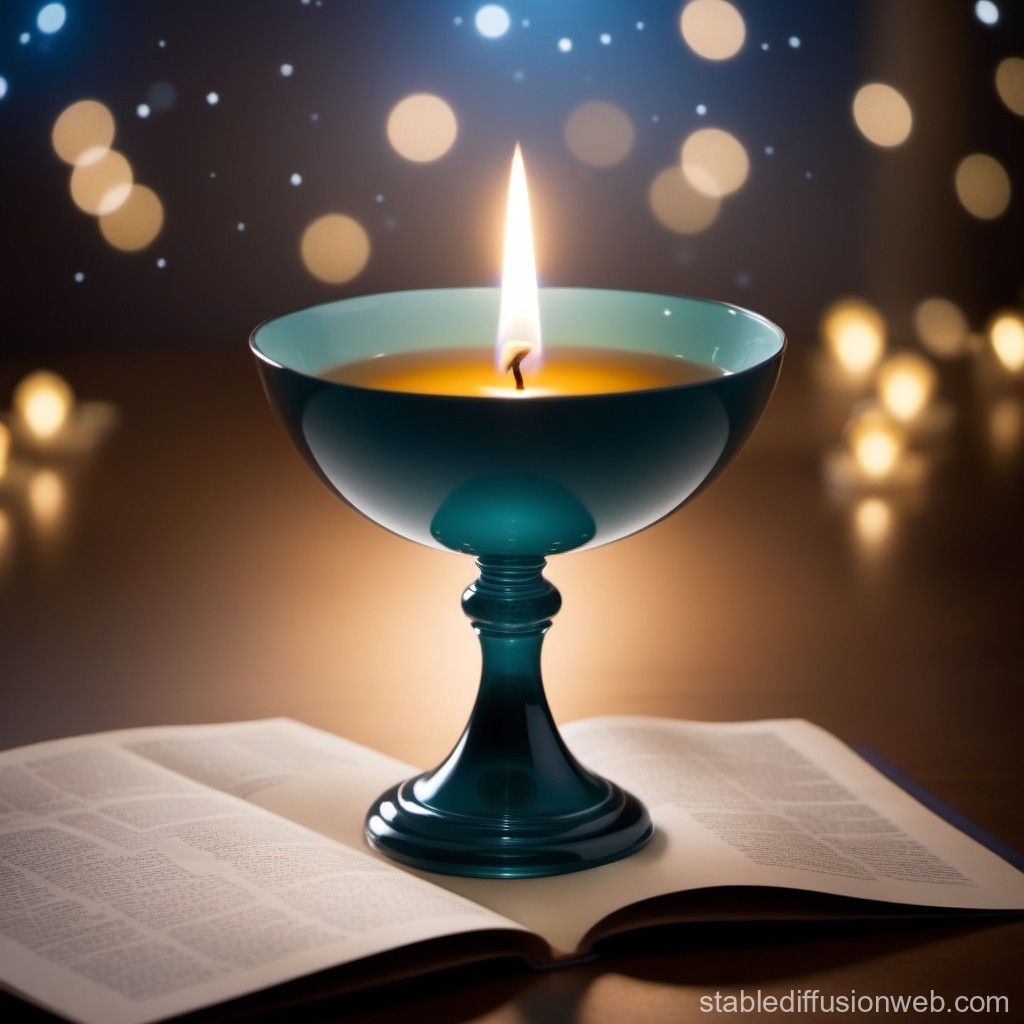Welcome Home

Brisbane Unitarian Universalist Fellowship
A warm welcome to the Brisbane Unitarian Universalist Fellowship. As Unitarian Universalists , or UU’s, we have liberal and diverse spiritual values with a common concern for Social Justice and the Welfare of our Planet. We are an inclusive community dedicated to the deeply philosophical consideration of personal, social, civic, and environmental issues. Twice a month we listen to speakers who maybe our own members or guests who are invited to speak from their hearts and minds about issues related to the values we believe in.
We seek to be a supportive and inclusive community, united by these values:
- The inherent worth and dignity of every person,
- Justice, equality and kindness in human relations,
- Accepting and encouraging each others’ spiritual growth,
- The freedom to search for what is true and right in life,
- Working to create a peaceful, free and just world, and
- Using the democratic process as a fair way of making decisions,
- Respecting then interconnectedness of all life on our planet earth
Please check the Services page or our Facebook page for details on our services.
You are invited to arrive from 9.45 am as well as stay after the service for coffee and a chat.
We are a lay led community, so we do not have a dedicated person available at all times. Please email us at info@brisbaneuu.org.au for information to to arrange someone to call or meet you.
Our Chalice
The flaming chalice symbol brings together two archetypes – a flame and a chalice. Since ancient days, the flame has been a symbol for transcendence and transformation, and a lamp signified intelligence and the spirit. In Christianity the chalice also is the symbol of communion – part of the sacrament that binds believers to their faith, and in pre-Christian faiths, it was often a feminine symbol signifying creativity, fertility and abundance.

Within Unitarian Universalism, there is no one official meaning of the flaming chalice. Like our faith, it stands open to new and ongoing interpretation and significance. Some say the chalice represents sharing, generosity, sustenance, love and community, and that the flame symbolizes witness, sacrifice, testing, courage, or enlightenment. Some say the symbol is the light of truth held in the warm embrace of community.
The chalice and the flame were brought together as a Unitarian symbol by an Austrian artist, Hans Deutsch, in 1941. Living in Paris during the 1930’s Deutsch drew critical cartoons of Adolf Hitler. When the Nazis invaded Paris in 1940, he abandoned all he had and fled to the South of France, then to Spain, and finally, with an altered passport, into Portugal.
There, he met the Reverend Charles Joy, executive director of the Unitarian Service Committee (USC). The Service Committee was new, founded in Boston to assist Eastern Europeans, among them Unitarians as well as Jews, who needed to escape Nazi persecution. From his Lisbon headquarters, Joy oversaw a secret network of couriers and agents.
Charles Joy felt that this new, unknown organisation needed some visual image to represent Unitarianism to the world, especially when dealing with government agencies abroad. Deutsch was most impressed and soon was working for the USC. He later wrote to Joy:
There is something that urges me to tell you… how much I admire your utter self denial [and] readiness to serve, to sacrifice all, your time, your health, your well being, to help, help, help.
I am not what you may actually call a believer. But if your kind of life is the profession of your faith, as it is, I feel sure, then religion, ceasing to be magic and mysticism, becomes confession to practical philosophy and, what is more, to active, really useful social work. And this religion, with or without a heading, is one to which even a ‘godless’ fellow like myself can wholeheartedly say “Yes!”
The USC was an unknown organisation in 1941. This was a special handicap in the cloak-and dagger world, where establishing trust quickly across barriers of language, nationality, and faith could mean life instead of death. Disguises, signs and countersigns, and midnight runs across guarded borders were the means of freedom in those days.
Joy asked Deutsch to create a symbol for their papers to make them look official, to give dignity and importance to them, and at the same time to symbolise the spirit of our work. When a document may keep a man out of jail, give him standing with governments and police, it is important that it look important.
Thus, Hans Deutsch made his lasting contribution to the USC and, as it turned out, to Unitarian Universalism. With pencil and ink he drew a chalice with a flame. It was, Joy wrote to his board in Boston, a chalice with a flame, the kind of chalice which the Greeks and Romans put on their altars. The holy oil burning in it is a symbol of helpfulness and sacrifice.
The flaming chalice design was made into a seal for papers and a badge for agents moving refugees to freedom. In time it became a symbol of Unitarian Universalism all around the world.
The story of Hans Deutsch reminds us that the symbol of a flaming chalice stood in the beginning for a life of service. When Deutsch designed the flaming chalice, he had never seen a Unitarian or Universalist church or heard a sermon. What he had seen was faith in action, people who were willing to risk all for others in a time of urgent need.
The flaming chalice emerged into our worship life at the annual Unitarian Universalist General Assembly in 1980. A chalice was lit as part of the opening ritual of the main worship service there and the hundreds of delegates from congregations who witnessed the ritual took it home to their churches and it spread from there to its near-universal acceptance and use among UU congregations.
Perhaps most importantly, it has become a focal point for our services, representing sharing, generosity, sustenance, love, enlightenment and the warm embrace of community.